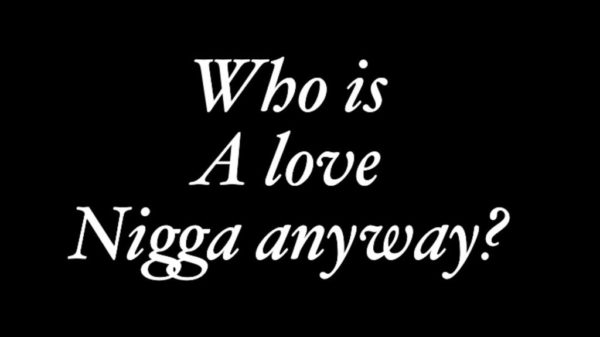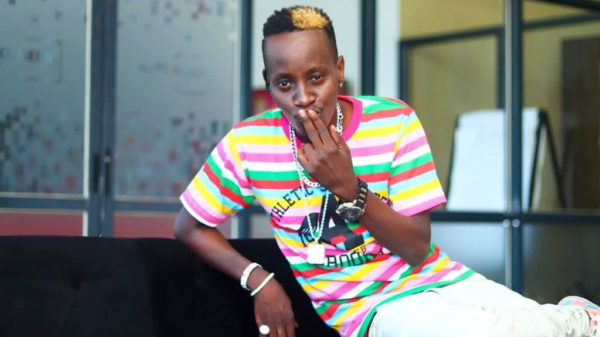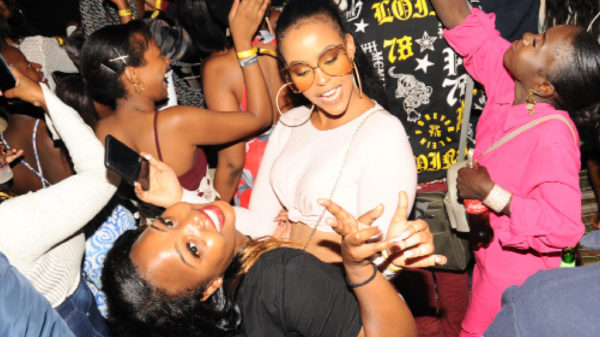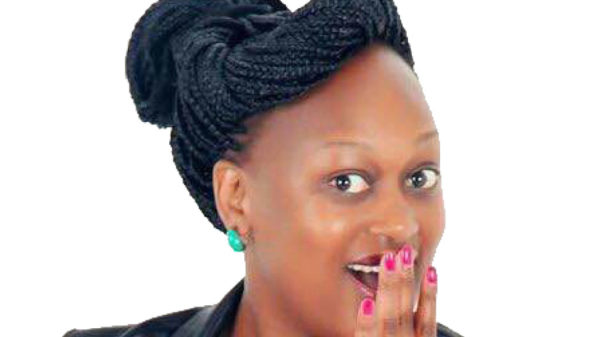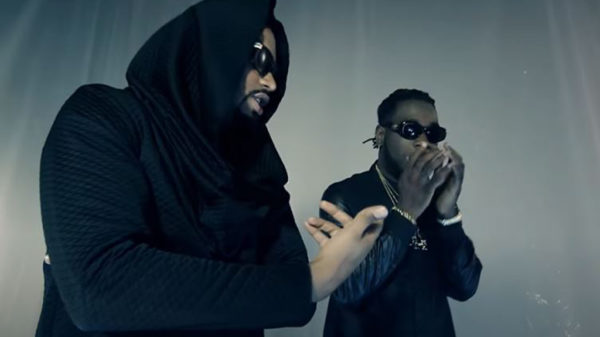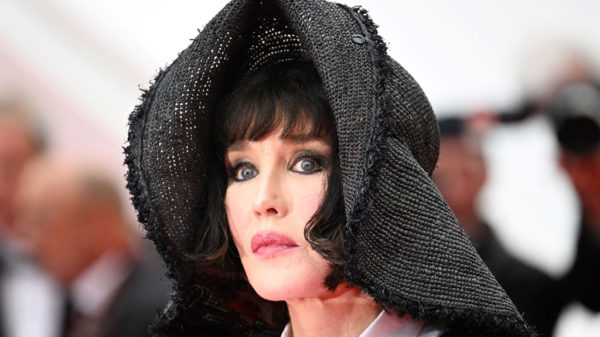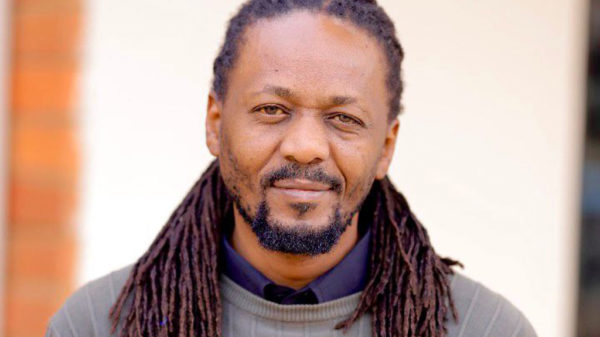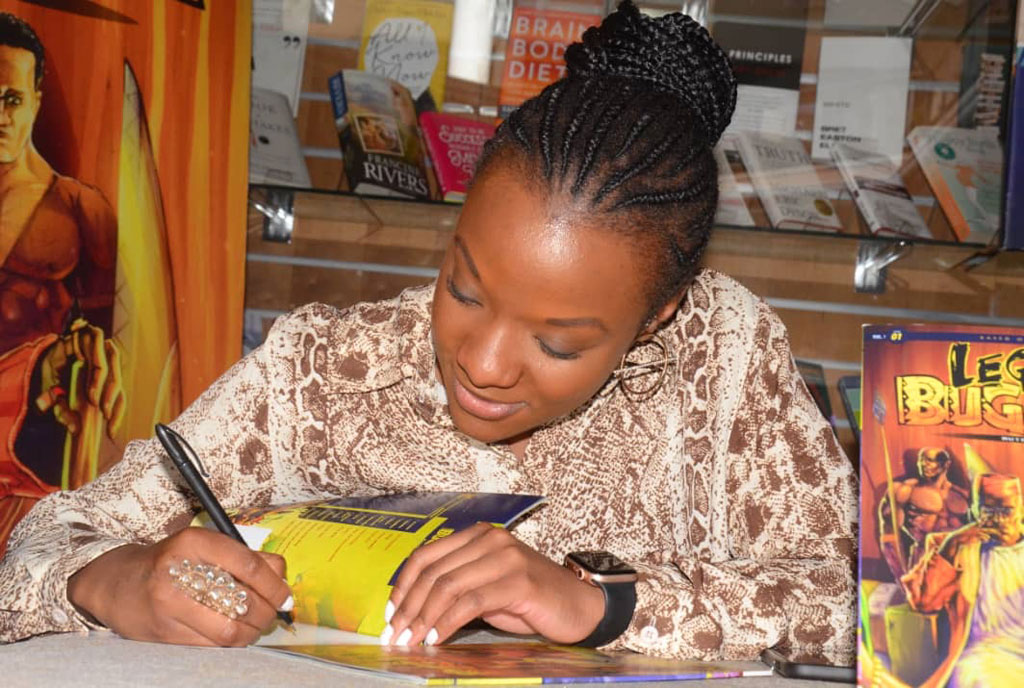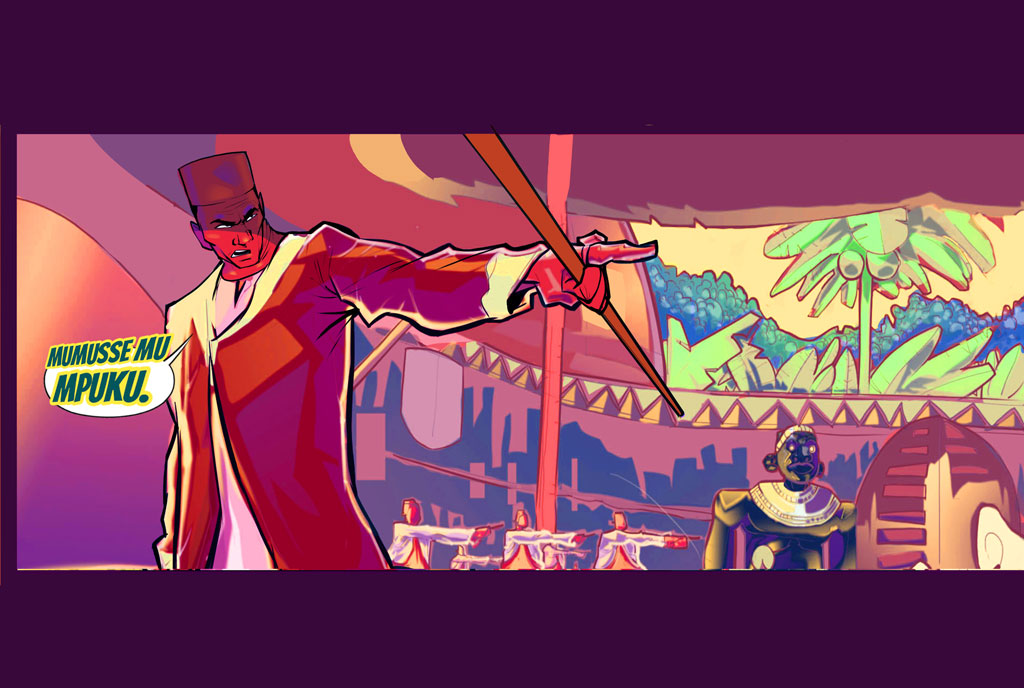Embracing digital: Animation and digital art is slowly picking up on the Ugandan market as we have seen animation feature in film and adverts, writes Denis Nsubuga.
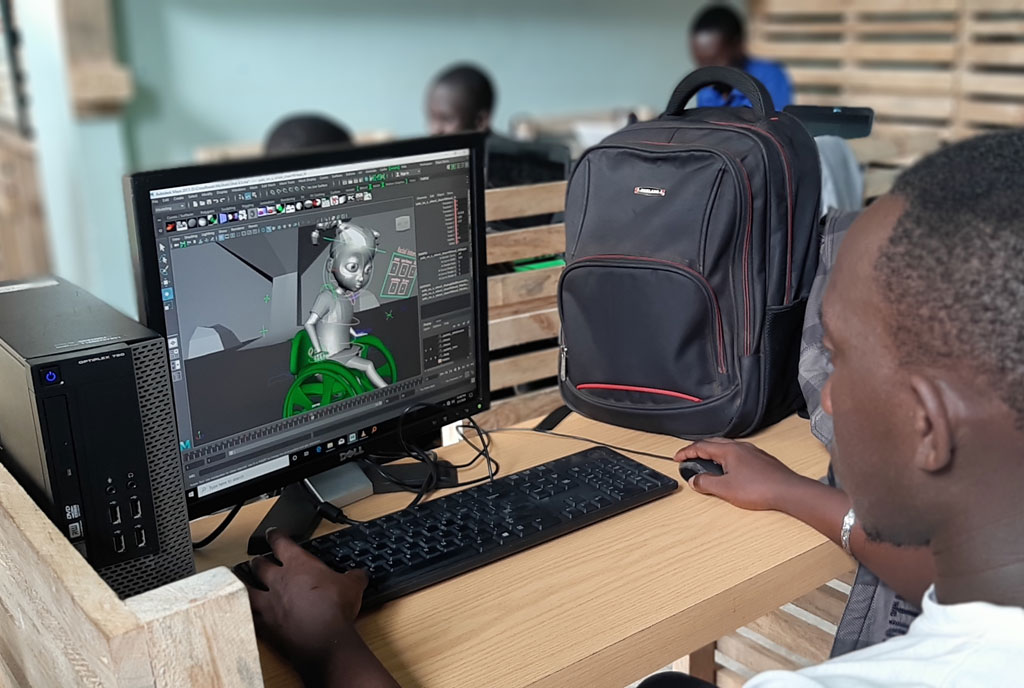
Growing. Crossroads Digital has produced various animations, including original stories from their apprentices. PHOTOS /COURTESY
The ties that Kabaka Muteesa I of Buganda established with the Arab traders, European explorers and missionaries have been described by contemporary historians as the anchor that shaped present-day Uganda. Today, over 130 years since the end of his reign, Muteesa I is the subject of a comic book, a medium that, unlike mainstream history books, tells with a sequence of images.
The comic book series titled Legend of Buganda is written by Princess Joan Nassolo Tebatagwabwe, daughter of current Kabaka Ronald Muwenda Mutebi, who thinks many people today love to take in information visually.
The first issue of the comic book series, released in November 2019, captures events of Kabaka Muteesa I’s reign, as part of Nassolo’s effort to “protect and preserve the kingdom’s history and culture.”
The comic book’s story kicks off with a striking reaction among the kingdom chiefs and subjects upon the enthronement of Muteesa I.
Illustrated by Elupe House of Comics and Animation, Legend of Buganda is one of the latest entries on the local comic art scene, a fledgling industry with proponents that view it as a viable option to not only tell local stories, but also preserve our cultures.
A fusion of factual and fictional elements, the comic book is distributed in Luganda, English, and Japanese languages.
Nassolo says she authored this first volume in order to stimulate engagement with Buganda’s heritage among the kingdom’s youth as well as foreign manga and comic fans.
Elupe House of Comics and Animation has, since 2012, published various comic books. The company’s spearhead, visual artist Charles Ssentongo has written some of these, including a local superhero comic series titled Sanu.
The growth
Arriving at a friend’s office in Makindye, a Kampala city suburb, the six-feet tall, slender man is donning a grey T-shirt with words: ‘I am Sanu.’
Ssentongo, 29, religiously wears T-shirts and caps branded with one of his favourite works – Sanu. Published and released in 2018, the first issue of the series, dubbed ‘Volume 1, Issue 0’, follows a story of a young man at university, Michael Bagonza, who is unwilling to take up his responsibilities as ‘the keeper’ of an ancient power.
“But when his aunt is murdered before his eyes,” the synopsis reads, “Bagonza must embrace his destiny in order to avenge her death.” He confronts a young lady in the process, “whose work might mean an end of everything Bagonza’s family has fought for. Ultimately, if he fails, the safety of his race is at stake.”
With characters bearing local names, scenes such as Nyege Nyege music festival and dialogues that resonate the fancies and worries of many Ugandan youth, the story is a reflection of local urban youth culture.
On a bright Thursday evening at the friend’s office, Ssentongo, covered in a ‘Sanu’ branded cap, is armed with sketches for the subsequent issue of the series.
“I am really excited,” a bubbly Ssentongo, who was on his way to a scanner, admits as he flips through papers of sketches. “If people don’t love this, I will quit this business,” he chuckles.
This issue, he says, is a fictional twist to the legend of Kabalega of Bunyoro Kitara. “This is where the real saga starts from,” he exclaims.
Following through with as much enthusiasm is Laurean Ntaate, a friend and business partner. Ntaate also spearheads ‘Tribe Uganda,’ a guild collective of various digital art illustrators, animators and video gamers based in Uganda, including Ssentongo.
Fascinated by elder brother’s drawings, Ssentongo started drawing at the age of six. He first reproduced the brother’s pictures, but as drawing became a hobby out of practice, he could “draw anything out of my mind by the age of seven.”
In 2001, Super Strikas magazine hit the streets, through newspapers. It was the first time he saw a comic book. Reading the first issue, Ssentongo says, “I was mind blown by how somebody could draw cartoons telling a specific story.”
Supa Strikas, a fictional comic story about the “world’s greatest soccer” team and the players’ adventures both on and off the pitch, was a sensation in the local children entertainment’s sphere.
Localising content
Originating from South Africa, the story characters of the version distributed in Uganda were customised to a Ugandan audience, with main character, Shakes renamed Shakes Fimbo, an inspiration of Uganda’s goal scoring gem, Andrew Fimbo Mukasa. The magazine charmed young football lovers around the country.
To Ssentongo, reading the magazine, which came out every Saturday, would spark an ever-growing passion. He grew fond of comics, that when he went to Makerere University for a Bachelor’s degree in Industrial and Fine Arts, he majored in illustrative act.
By university, he had drawn a few short stories. In 2012, with a friend and fellow student, Kalosi Lwanga, they produced Children of War, a black and white comic book.
“By the time, we were not updated with the digital world, of using computers to finish up comic books the way people in developed countries did. We only knew how to draw, but we didn’t know how to use computer programs to produce and enhance the look of art works,” Ssentongo says.
They, however, kept doing research on producing and promoting comic books, and by 2015, when he illustrated and released ‘Ganda’, Ssentongo says “we had learnt how to use computers to help us finish the rest of the stages.”
They started the company, Elupe House of Comics and Animation. It is on their website that comic books fans can access their works.
In 2017, Ntaate led a group of comic artists to start Tribe Uganda, a collective of 14 member studios in the Ugandan digital art industry, comprising comic books, gamers and animators.
With a mission of Uganda promoting original African content, Tribe Ug has since organised the Digi Art Fest, an annual event that, alongside discussing issues in the industry, showcases works of various original works in the digital art sphere.
Ntaate observes that the industry has attracted a number of young creative people who love to engage and express themselves.
Ntaate, whose major focus has been on the economy of digital art in Uganda, says with the wave of young creatives producing different fascinating work, there is a need to expose the artists to new ways of working and creating.
Telling our stories
In 2014, Katoto, an online 2D animation series, became an Internet sensation among several Ugandan viewers both at home and the diaspora.
The animated video skits, mostly between 15 seconds to one and half minutes, broadcasting on YouTube and Facebook, tell a story of a stereotypical happy go-lucky Mukiga man and his son who hail from Kabale in Western Uganda.
The two characters always get themselves into trouble, as they try to navigate the huddles of modern life. The skits play on the soundtrack of folklore songs in Rukiga.
At the height of its popularity in 2015, its creator Richard Musinguzi told NTV that Katoto came out of the fact that “we are getting so influenced by the western culture. You find a generation of kids growing up mainly watching western cartoons. With that, our culture is being lost.”
Consequently, Musinguzi says, the idea was built on the notion that we have our own cartoons where we can transmit our cultural values, where children listen to their own languages and be proud of themselves.
According to Musinguzi, Katoto was influenced by the legend of Ishe Katabazi, a historical Ankole character who lived a funny lifestyle.
Musinguzi said then that with support in terms of funding, the bigger vision was to have skits in as many cultures and languages as possible. Today, with a YouTube channel of 17K subscribers, Katoto has 23 videos.
Whereas Katoto was epic, going by its allure to the local audience, the potential of digital art in telling the stories of our culture is yet to be felt.
In 2017, A Kalabanda Ate My Homework, a six-minute animated short film was released. It tells a story of a girl, Tendo, and his encounter with a mythical creature, the ‘Kalabanda’ that is rumoured to haunt schools in Uganda.
Tendo, a primary pupil shows up to class one day without her homework, claiming that a “Kalabanda” ate it. How will Tendo prove her story? And does this mythical creature really exist?
Created by Robin Malinga and Raymond Malinga under their Creatures Animation, a local animation studio, it went on to ignite fancy among some international animation lovers. The story, according to Malinga, brings a Ugandan twist to an infamous excuse in western countries of “a dog ate my homework.”
Malinga, who studied animation and worked in Malaysia, thinks while creating our own stories, the Western cultures cannot be ignored. Malinga says he grew up watching cartoons on TV, but the stories were always not relatable.
“I challenged myself to come up with a concept that was Ugandan. But I couldn’t get rid of the influences from Western Culture. So I tried to fuse those two things together and developed ideas,” relays Malinga.
Starring Martha Kay, Faith Kisa, Patrick Salvador Idringi and Daniel Omara as voices, the film also had a good run on the global film festival circuit. In 2018, Kalabanda won the “Best Creatures Animation” award at Africa International Film Festival in Lagos, Nigeria. Besides the rounds of screenings and nominations at various festivals across the continent, it was screened in the animation corner of the prestigious Cannes Film Festival in France in 2018.
“A Ugandan story but also packaged in a way that is relatable to other people elsewhere,” Malinga says.
While reviewing A Kalabanda Ate My Work, Kadi Yao Tay, the producer of the Accra Animation Film Festival, wrote in Squid Magazine, a comics and animations focused publication that “African animation is on an uphill climb because of the passions and hard work of creators.”
He said coupled with having better equipment and connection due to the Internet, African animators are more inspired to create their own stories.
Evolution
According to Malinga, by 2010, the animation industry was only fledgling, with Addmaya and later Crossroads Digital Multimedia in 2011, as the only studios majorly doing corporate adverts. But he was amazed by the rise of the industry as various young people and studios cropped up.
In 2013, the inaugural Uganda Film Festival Awards recognised Crossroads Digital Multimedia’s short film, Imitate as Best Animation Film. Today, the studio has produced various animations, including original stories from their apprentices.
The studio is also in production of a TV series titled Mukago, an edutainment film that captures traditional children’s games. The studio creative director, David Masanso looks at streaming sites to commercialise the content.
Ntaate says the continuing trend of the world looking out for new content, especially in Africa, propels local comic book artists and animators’ works into a possibility of having their stories considered for consumption.
The comic books, Ssentongo believes, are sources of content as they can also mature into animations or movies. For instance, he observes, Black Panther was an American comic book, by Stan Lee from the 1960s. A movie came out in 2018, going on to become a blockbuster. He says they can also be developed into video games.
The annual Digi Art Fest brings various comic art studios from the region and the continent. Thanks to the internet, Ntaate says, collaboration between the different industries on the continent is easy.
But, as Ntaate admits, commercialising original content in comic books and animations is still a puzzle. To put food on the table, Ntaate says artists are commissioned to create commercial adverts and campaigns. At the heat of Katoto in 2015, the popular funny character was used in campaign messages for President Museveni in the 2016 general election.
Today, several corporate companies have used animations for adverts, with popular characters popping up once in a while, the latest being ‘Kapo’ in Uganda Revenue Authority’s Kakasa advert.
Legend buganda
Princess Joan NassoloTebatagwabwe, daughter of current Kabaka Ronald Muwenda Mutebi and great-granddaughter of Muteesa I released the first issue of the comic book series in November 2019. The book captures events of Kabaka Muteesa I’s reign, as part of Nassolo’s effort to “protect and preservethe the kingdom’s history and culture”. The comic book’s story goes through dynamics of Kabaka Mutesa’s family such as wading off brothers threatening his throne, to dealing with external forces.
Don’t want to miss out on any story? For updates on all sQoop stories, follow this link on Telegram: https://t.me/Sqoop















